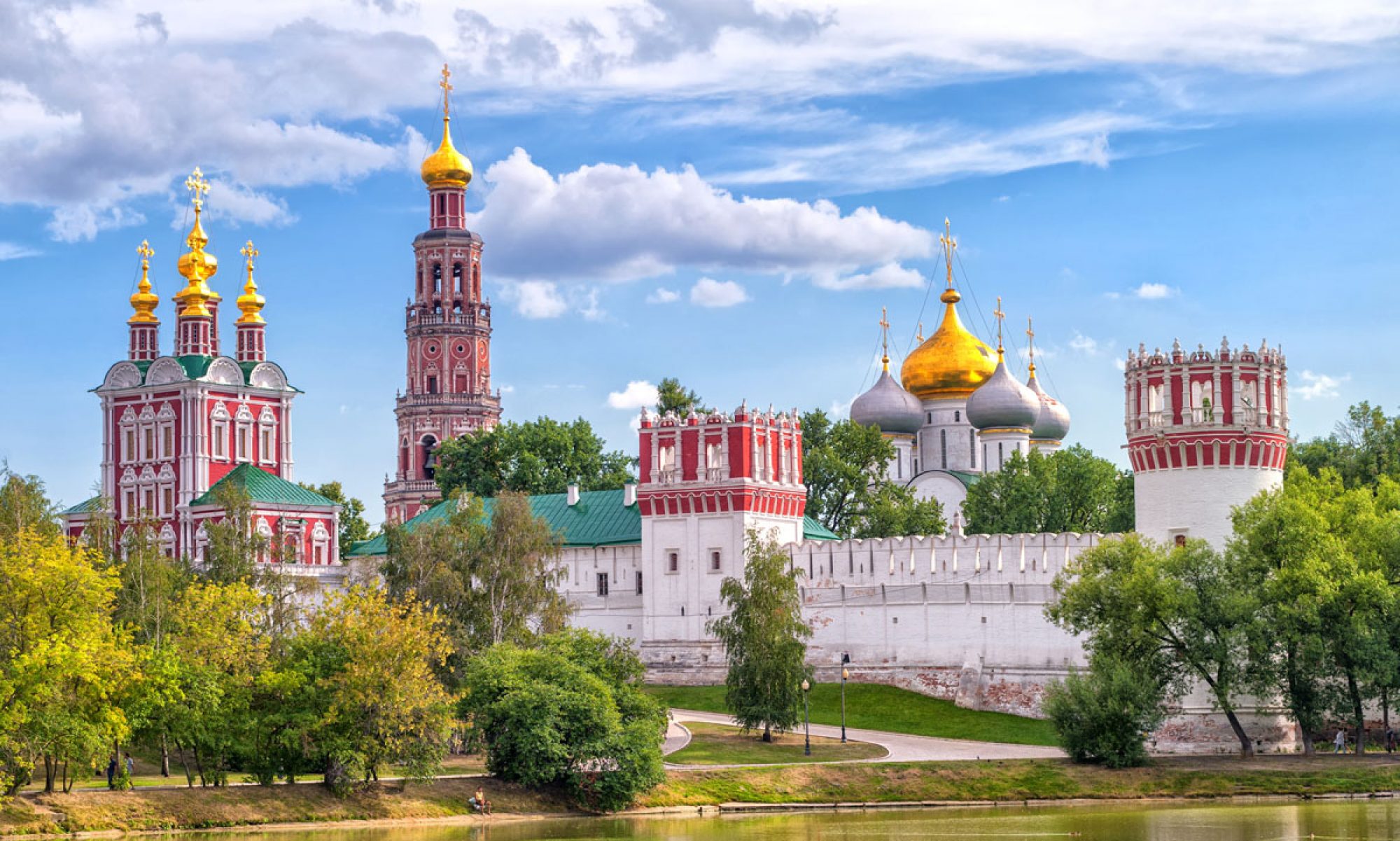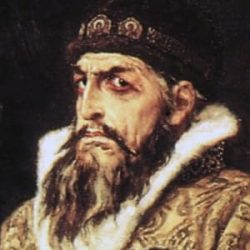So I came across a few interesting videos that give a brief review of some of the reigns of the czars that we have discussed. The first link involves Ivan the Terrible and goes into the entomology of the Russian word for “terrible”. I found it to be a nice overview of all of the many things that happened during that crazy time consolidated into 3 minutes. That can be found here: https://youtu.be/4Sog2Ik4IUo
The second video is a general overview of the Russian monarchs from the beginning of the Tsar-style reigns. It begins with Ivan the terrible and the house of Ruirik and ends with the fall of the Romanov Dynasty. It obviously goes past what we have discussed this far but it is a good overview of the Russian Empire as we see it forming. It goes into who married whom and the crossover throughout the European leaders and how this was all crossed over. It is really fascinating to find out just how connected all the European leaders were and how many of them are related. It also goes into details about how the Ruirik lines and the Byzantine lines may be connected, which legitimizes Ivan’s rule. It also goes through the change of name in the Romanov house and all the drama that follows. I found this really helpful and interesting in the study of European history in general and just seeing how everything connects. It can be found here: https://youtu.be/hkiEGAHLf0g
Enjoy!

